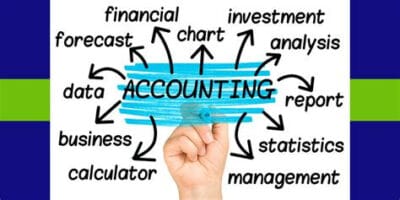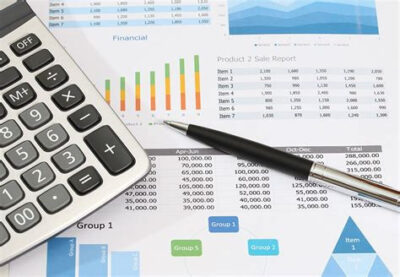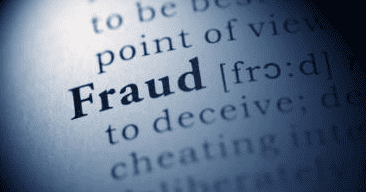There are many different terms used in the field of accounting. There are abbreviations for every type of financial statement, and each has their own meaning. Accounts payable is a common term used to describe unpaid expenses. The term should be thought of as due bills. The inverse of accounts payable is accounts receivable, which is the opposite of accounts payable. The difference between assets and liabilities is that assets can be a liability and accounts receivable can be an asset.
Cost of goods sold refers to the cost of making a product or service. This cost is the direct cost of production, and excludes sales and distribution costs. Profit margins refer to the amount a company made in a specific period of time. Overhead is another common accounting term. Revenue is the money the business makes from customers. But with so many different financial terms to be familiar with, it’s easy to become confused. When you need financial or business advice, consider Stroud Business Advisory at a site like www.randall-payne.co.uk/services/business-advisory
Revenue is an expense that is deducted from the profits of a business. This amount may be derived from sales of a product or service or from service payments. In addition to this, the amount earned from an activity is referred to as an asset, which can either be fixed or variable. Depending on other factors, the cost of a particular item may be categorised as a fixed or variable expense.
In addition to revenue and expenses, an entity may incur expenses if it earns less than it spends. These expenses should occur over the same time period, and they should be similar in size and scope. For example, a business that pays for a building with depreciation is able to take deductions over the estimated useful life of the building. By matching these two aspects, the income generated is matched with the benefits received by the company.
A business’s inventory is the materials it uses to produce products and services. This includes raw materials and goods available for sale. Typically, it has three types of assets: finished goods, work-in-progress, and inventory. These are liabilities that are payable in full when a business is in a position to make a profit. In short, there are many terms in the accounting world that are related to investing and profit-making.
The balance sheet is the summary of the company’s assets and liabilities. It shows the earnings of the company, and is a valuable tool in predicting profits. Whether you are looking for business advice or financial help, understanding accounting terms and their meanings is essential for any successful business. You’ll be able to predict profit and avoid financial pitfalls and increase your knowledge of accounting.






